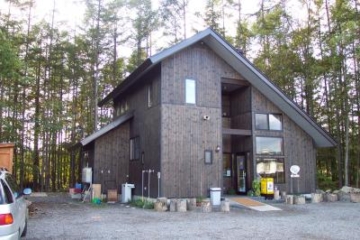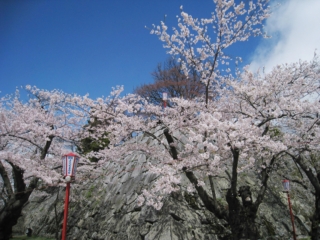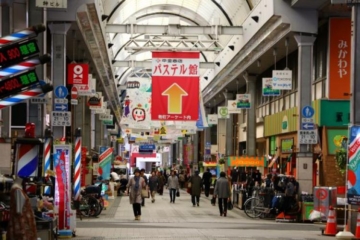MODEL COURSE
Morioka Station
 16 minutes
16 minutes
lower bridge
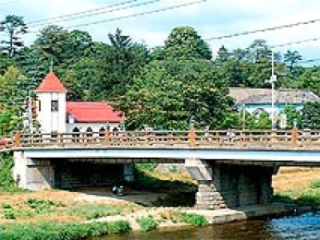
At the time of the formation of the castle town, it was an important bridge connecting the city center and the Kanan area. The imitation jewels were repaired and added to the ones that were used in the Kami-no-bashi and Yo-no-ji bridges in the past.
Detailed Destination Information 4 minutes
4 minutes
Namshoso

Yasugoro Yorikawa, a businessman from Morioka, built it as a residence around 1888, and the garden took several years to complete. It has a strolling garden with a pond, and has been visited by many famous people, including Takashi Hara. A protected garden and important landscape building in Morioka City. The garden is registered as a national monument.
Detailed Destination Information 8 minutes
8 minutes
Bishamon Bridge
 4 minutes
4 minutes
Morioka History and Culture Museum
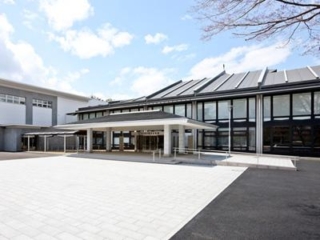
The building, which had been used as the Iwate Prefectural Library, was completely renovated and opened in 2011 in a corner of Morioka Castle Ruins Park (Iwate Park). The first floor introduces Morioka's festivals (Chagu Chagu Umako, Morioka Sansa Odori, Morioka Autumn Festival floats) and seasonal tourist information, while the second floor displays the history of the Morioka clan and the treasures of the Nanbu family. There is also a cafe (rest area ``Fukikata''). Please stop by to experience the history and culture of the castle town of Morioka and enjoy walking around the town.
Detailed Destination Information 2 minutes
2 minutes
Sakurayama Shrine
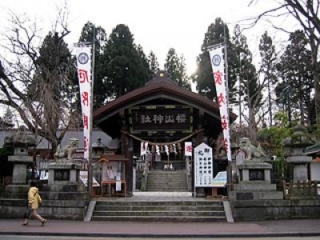
It was founded in 1749. The shrine building is located on the site of the Sannomaru ruins of Morioka Castle, and was worshiped as the guardian deity of the Nanbu domain. In 1926, a sword made by Kuninaga in the early Nanbokucho period was donated to Sakurayama Shrine by Nanbu Rijun, and is designated as an important cultural property of the country. The annual festival is held from May 25th to 27th, and includes a parade of warriors and offerings of traditional performing arts.
Detailed Destination Information 1 minute
1 minute
Morioka Castle Ruins Park (Iwate Park)

This is the former site of Morioka Castle, which was the residence of the lords of the Nanbu domain. Morioka Castle was completed in 1633 during the reign of Shigenao, the third lord of the domain.
The castle was built on a hillside at the confluence of the former Kitakami River and Nakatsu River.
Today, the stonewalls and pond remain, and the area is known as Morioka Castle Ruins Park, which is enjoyed by citizens throughout the four seasons.
 15 minutes
15 minutes
Morioka Station





